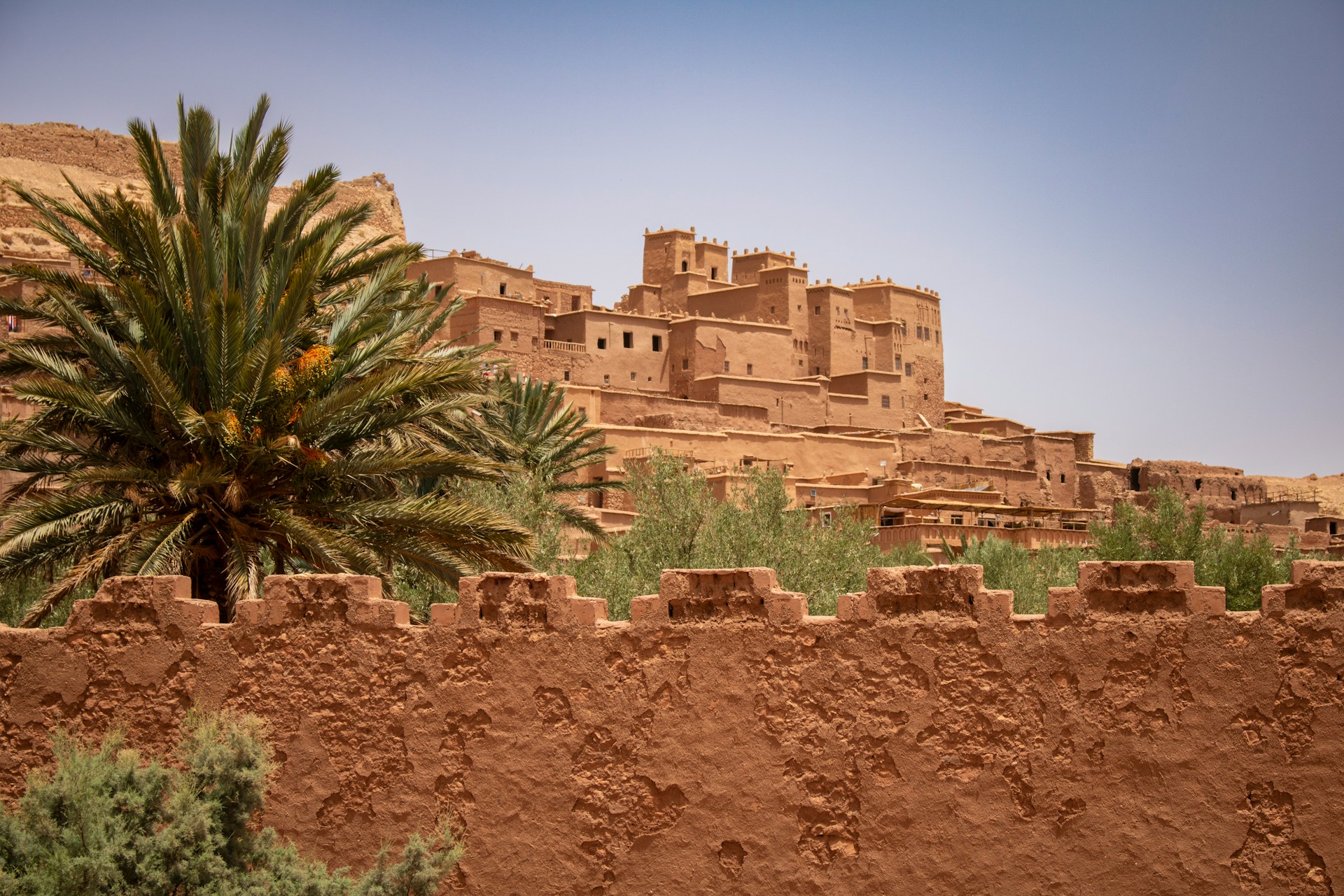



Revolutionized is reader-supported. When you buy through links on our site, we may earn an affiliate commision. Learn more here.
The construction industry is far from sustainable. Traditional methods rely on carbon-emitting concrete and steel, which are major contributors to the climate crisis. Rammed earth construction (REC) is an ancient building technique that uses natural earth materials, revolutionizing infrastructure and paving the way to a much greener built environment.
REC mixes natural raw materials like sand, water, clay and silt, compacting it into layers called lifts. Each lift is approximately six to eight inches deep within the walls. Once builders fully compact a lift with earthly material, they add and ram another layer.
The most renowned buildings, including the Great Wall of China, the Moroccan Kasbahs and Spain’s Alhambra, were constructed using REC, highlighting its ability to stand the test of time. With a market size of $420.4 million and an expected 5.1% compound annual growth rate from 2024 to 2032, it’s safe to say that REC is becoming increasingly popular.
One of the main drivers of REC is energy efficiency and carbon neutrality. The construction sector accounts for 39% of total carbon emissions and causes habitat loss and water overconsumption. With rammed earth, buildings have excellent thermal mass for better indoor temperature regulation, leading to lower energy use and greenhouse gases.
Rammed earth is highly sustainable, especially when compared to conventional construction techniques. Here is how this ancient practice really shines in the built environment.
REC structures have a much lower carbon footprint than conventional buildings due to low embodied energy and greater recyclability. They also mitigate resource scarcity with responsible, localized material sourcing, helping societies avoid natural resource depletion.
The lower carbon emissions result from using fewer energy-intensive materials. Extracting sand, clay and silt locally also reduces carbon emissions from transportation, while rammed earth creates less waste overall.
Rammed earth construction is known for its superior thermal performance. Its walls, 300 to 600 millimeters thick — about 12 to 24 inches — absorb and store heat during the day and release it slowly overnight. This reduces the frequency with which the heating and cooling system must be run, leading to energy conservation and savings.
In hotter climates, REC remains cool during the day and retains heat in cooler weather. The passive temperature regulation creates a more comfortable living environment with less reliance on HVAC systems.
Archaeologists dug up a stove in Asia’s Banpo village of Yangshao Culture in the Middle Yellow River Valley. Specialists say it is the oldest rammed earth structure unearthed on the continent, dating from 4800 to 3300 BCE. This underscores REC’s exceptional durability and longevity.
The compacted earthly materials are fire-resistant, meaning the structures are safe and well-protected. Because they do not have wood framing, they do not attract termites and pests and don’t decay. In a temperate climate, it could take 37 to 75 years before a rammed-earth structure requires repairs.
Because of the natural materials, REC produces fewer volatile organic compound pollutants than conventional building materials. This enhances indoor air quality for occupants, decreasing the risk for allergies and respiratory ailments. It is especially important since people spend 90% of their time indoors, where some air pollution is two to five times higher than outside.
Additionally, rammed earth regulates humidity levels, enabling moisture to escape and preventing mold and mildew growth. In one study, the relative humidity of an REC structure remained at 72.6 degrees Fahrenheit in hotter weather conditions, improving comfort and breathability.
Builders have constructed rammed earth structures globally using traditional and modern techniques and innovations. In Masaka, Uganda, a 1,280-square-meter youth football and education campus is underway to accommodate 60 school-age children. Its design is modular to allow for future expansion.
The project, expected to be completed in 2025, uses soil excavated from the site to build its 400-millimeter-thick walls. Construction workers apply clay plaster to hold the rammed earth in place and increase thermal performance, which is crucial for optimal breathability in the region’s hot and humid climate.
In Cameroon, Urbanitree architects Vicente Guallart and Daniel Ibanez designed a 1,600-square-meter kindergarten campus using local rammed earth, wood and simple construction. The walls comprise rammed earth bricks of red local soil that allow light and air to pass through naturally.
Elsewhere, designers are experimenting with REC for various structures, from homes to sports complexes and hospitals. Rammed earth was chosen to replace the Bayalpata Hospital in Nepal because of its low cost and ease of sourcing local materials. At the same time, Mexican architectural firm Taller Hector Barroso designed a 5,000-square-meter tennis court with REC elements and techniques.
The Peninsula House in Melbourne, Australia, is among the most well-known rammed-earth structures in the modern built environment. Designed by the firm Wood Marsh, it draws inspiration from the surrounding seaside, blending seamlessly with its rural setting. Its dense thermal mass and minimal glazing also regulate indoor heat, even on the sunniest, hottest days.
Despite its sustainability potential, several challenges hinder REC’s widespread adoption. For one thing, labor costs are significantly higher than those of conventional construction because it takes a much greater amount of manual labor. It also requires specialized engineering skills and approvals.
Additionally, not every location is conducive to rammed earth structures. For instance, areas with heavy precipitation or seismic activity demand well-thought-out designs and protective measures to secure the structure.
The public’s perception of rammed earth might also be that it is not durable or suitable for every design preference. In order for REC to be widely accepted, it is important to educate the public about its durability, longevity and sustainability.
Rammed earth construction is a practical approach for the building sector to boost its environmental friendliness. Likewise, as cities aim for greater resilience and lower energy outputs, this alternative construction method is a viable solution. If the future is green, rammed earth should be at the forefront of tomorrow’s infrastructure.
Revolutionized is reader-supported. When you buy through links on our site, we may earn an affiliate commision. Learn more here.


This site uses Akismet to reduce spam. Learn how your comment data is processed.